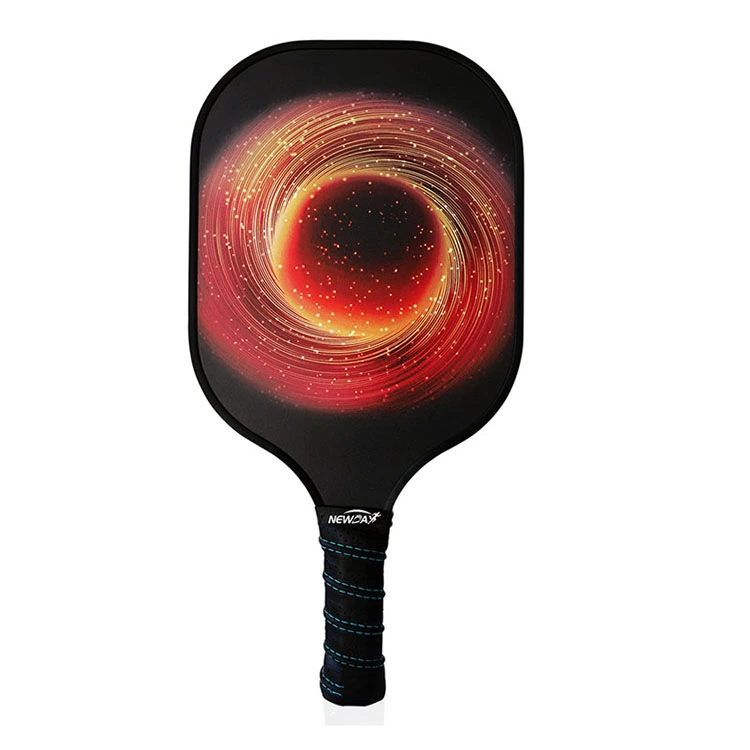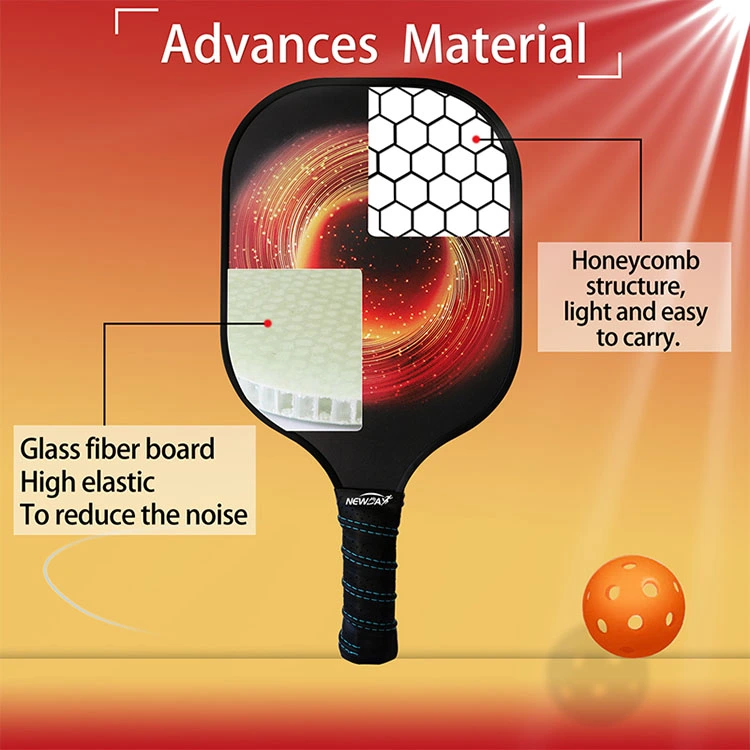- English
- Español
- Português
- русский
- Français
- 日本語
- Deutsch
- tiếng Việt
- Italiano
- Nederlands
- ภาษาไทย
- Polski
- 한국어
- Svenska
- magyar
- Malay
- বাংলা ভাষার
- Dansk
- Suomi
- हिन्दी
- Pilipino
- Türkçe
- Gaeilge
- العربية
- Indonesia
- Norsk
- تمل
- český
- ελληνικά
- український
- Javanese
- فارسی
- தமிழ்
- తెలుగు
- नेपाली
- Burmese
- български
- ລາວ
- Latine
- Қазақша
- Euskal
- Azərbaycan
- Slovenský jazyk
- Македонски
- Lietuvos
- Eesti Keel
- Română
- Slovenski
- मराठी
- Srpski језик
How to identify true and false graphite pickleball rackets
2023-08-10
How to identify true and false graphite pickleball rackets

Identifying true and false graphite pickleball rackets can sometimes be challenging, as counterfeit products can be quite convincing. However, there are several steps you can take to help determine the authenticity of a graphite pickleball racket:
Purchase from Authorized Retailers: To minimize the risk of getting a fake racket, buy from authorized dealers and reputable sports equipment stores. Avoid purchasing from questionable online marketplaces or individual sellers with no established reputation.
Check Packaging and Branding: Examine the packaging and branding details for any discrepancies. Authentic rackets usually have high-quality packaging with clear logos, consistent fonts, and accurate product information.
Inspect the Logo and Graphics: Pay close attention to the logo, graphics, and branding on the racket. Counterfeit rackets might have slightly altered logos or graphics that aren't as sharp and clear as those on genuine rackets.
Serial Numbers: Some manufacturers place unique serial numbers on their rackets. Check for a serial number and then verify it with the manufacturer's official website or customer service to ensure it's valid.
Weight and Balance: Counterfeit rackets might not have the same weight and balance as authentic ones. Compare the weight and balance of the racket you're inspecting with information provided by the manufacturer.
Build Quality: Examine the overall build quality of the racket. Authentic graphite pickleball rackets are generally well-constructed with smooth edges, even paintwork, and high-quality materials.
Grip and Handle: Authentic rackets should have a comfortable grip made from quality materials. Check for any rough spots, uneven seams, or poorly applied grip materials.
Price: If the price seems too good to be true, it might indicate a counterfeit product. Counterfeiters often offer products at significantly lower prices to attract buyers, but the quality will likely suffer.
Research the Seller: If you're buying online, research the seller's reputation and reviews. Look for customer feedback and ratings to gauge their legitimacy.
Compare with Official Images: Visit the manufacturer's official website and compare the images and specifications of the racket with the one you're considering purchasing. Discrepancies could indicate a fake.
Feel and Performance: If possible, try out the racket before purchasing. Authentic graphite rackets should feel balanced and perform well on the court. If something feels off or the performance is subpar, it might be a fake.
Request Documentation: Ask the seller for any documentation that verifies the authenticity of the racket, such as a receipt from an authorized dealer or a warranty card.
Remember that the best way to avoid getting a counterfeit racket is to buy from trusted sources. If you're ever in doubt, consult with the manufacturer's customer service or visit an authorized dealer for assistance.






